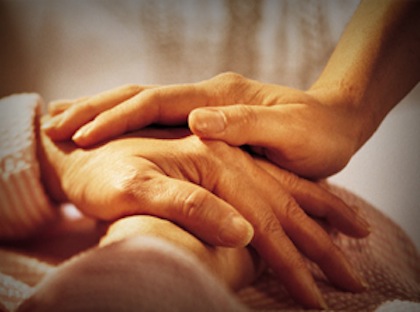The Bizzell Group (Bizzell) is excited to continue its successful partnership with the Substance Abuse and Mental Health Services Administration (SAMHSA) on the SAMHSA Indefinite Delivery Indefinite Quantity (IDIQ) contract through 2022. The firm was awarded three domains as a prime contractor on the IDIQ contract, and teamed with larger firms who were successful on additional domains. The contract is designed to assist SAMHSA in achieving its goal of reducing the impact of substance abuse and mental illness in America’s communities.
As a prime contractor, Bizzell, along with our partners, will provide assistance in three separate domains (Domain III, Domain V and Domain VI):
Domain III—Policy Analysis and Program Related Projects: Bizzell will assist with policy analysis, regulatory policy, developing programs and program support by organizing focus groups and consultations that will shed light on mental illness and substance use disorders, healthcare and behavioral health disparities as well as other health related topics.
Domain V—Technical Assistance and Training Projects: With Domain V, Bizzell will provide technical assistance and training courses for a wide range of topics including needs assessment, program planning, science-based approaches to prevention and treatment, payment and financing strategies, including managed care, disparities and culturally appropriate/responsive practice, trauma, health information technology, performance measurement, evaluation, and clinical and medical programs, practices and research.
Domain VI—Planning, Implementation and Report Support Projects: The focus of Domain VI is to plan and support multiple concurrent events and activities through the entire planning and logistical support lifecycle.
Aside from the three domains that Bizzell was awarded as a prime, the firm will also provide services to SAMHSA on two additional domains as a subcontractor to larger firms.
Domain I—Feasibility, Pilot, and Evaluation Projects: On Domain I, Bizzell employees will assist the prime contractor and SAMHSA on executing feasibility studies that will determine if an organizational activity, treatment service, strategy, survey or statistical study will work as intended. Feasibility is followed by the Pilot, which will assess whether the results of a feasibility study can be successfully scaled under a broader range of circumstances. The final portion is Evaluation, which will measure relevant aspects of program performance.
Domain IV—Communication Projects: Bizzell employees will assist with conceptualizing, planning, researching, designing, implementing and evaluating the effectiveness of communications projects that will increase awareness and educate stakeholders about SAMHSA’s mission to reduce the impact of substance abuse and mental health on America’s communities.

